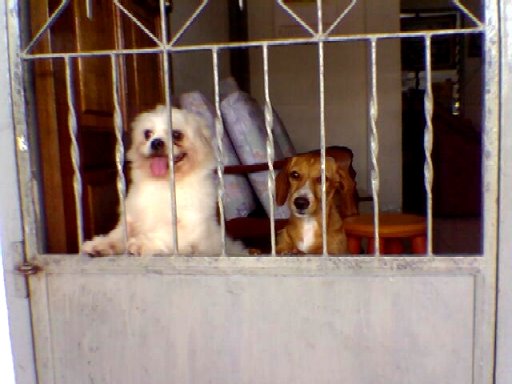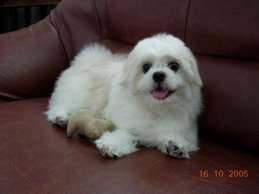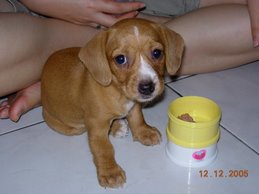Diagnosing And Dealing With Dog Teeth Diseases
Just like us, our dogs attract bacteria and food
particles that collect to form plaque on the
teeth and around the gum line. As they grow
older you will notice their bad breath and be
able to see discoloring, particularly on the
molars. If this plaque remains, minerals
together with the saliva work on the plaque to
form tartar, which then sticks to the tooth.
Soon after this the plaque mineralizes and the
tartar will then irritate the gums, which then
causes inflammation known as gingivitis. You
will see the gums reddening and should take
action to remove this before anesthesia for dog
teeth cleaning is required.
If it is not dealt with, the calculus will build
up separating the teeth from the gums. This forms
pockets which more bacterial can grow in. Once
this has happened there is little to be done.
Tooth loss, infection, abscesses are very
painful for your dog. Imagine how you would
feel!
There are numerous factors that contribute to
the plaque formation. Periodontal disease can be
caused by your dog's diet, breed, tooth
alignment, age, grooming habits, mouth
environment or home care. Chewing Kibbles will
not prevent tartar, though some dental chews
will remove a little of the plaque. Small dogs
are more likely to have the periodontal disease
as their dog teeth are more crowded together,
which results in more plaque accumulating with
less space for normal cleaning. Hair licked as
part of your dog's grooming also collects
between the teeth and increases tartar
development. Also, dogs that have their mouth's
open a lot are more inclined to have tartar
build-up because their oral cavity is dryer.
Generally, build-up of plaque is increased when
the saliva is more acid. Control and treatment
of periodontal disease is important, not only to
preserve healthy gums and teeth but also to
prevent the disease from spreading to other
areas of your dog's body.
Feeding your dog a nutritional, dry food will
help reduce plaque, as will raw soup bones given
as a treat. Never give your dog cooked bones. If
you have determined that your dog does not have
periodontal disease it would be wise to clean
his teeth yourself. Brushing with dog toothpaste
is an option and requires patience and practice
with regular praising.
There are gels and sprays which can also be used
if brushing proves too difficult. Gels can be put
on the finger and swiped along the teeth quickly,
or spray if preferred. It is recommended that
your veterinarian assess the condition of your
dog's teeth beforehand.
----------------------------------------------------
Dog teeth cleaning is vital to understand when
you own pets. As an owner of pets, it is
important to learn how to brush dog teeth to
remove tartar and promote oral health.
http://www.cactuscanyon.com/dog-teethcleaning.htm
EasyPublish this article: http://submityourarticle.com/articles/easypublish.php?art_id=259704














.jpg)






.jpg)

0 comments:
Post a Comment